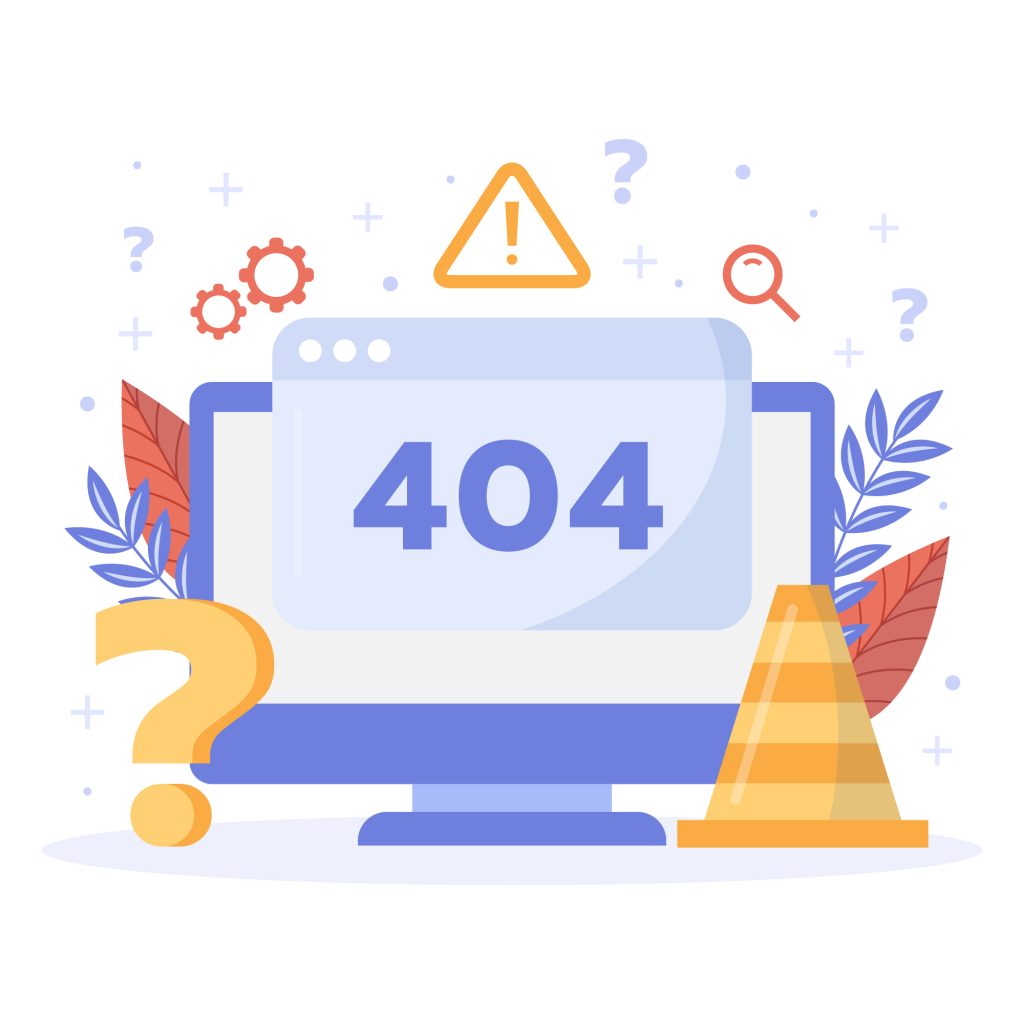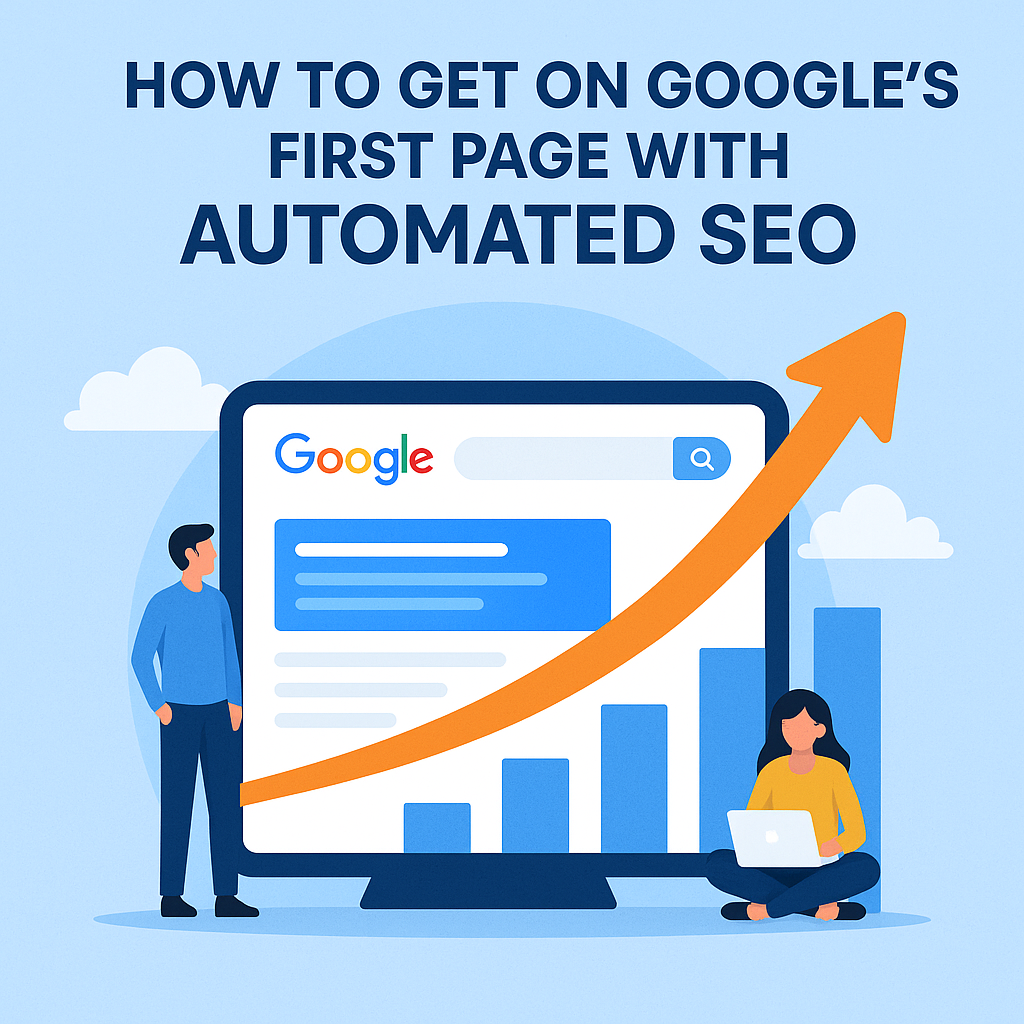Search Engine Optimization (SEO) remains one of the most effective ways to attract consistent, high-quality traffic to your website. Yet, many business owners, marketers, and even experienced content creators make mistakes that can dramatically reduce their chances of ranking well on Google. Some of these mistakes are the result of outdated practices, while others stem from a lack of awareness of how search engines evaluate websites today.
In this article, we’ll dive deep into five of the most common SEO mistakes that can kill your rankings, explain why they’re so damaging, and provide practical solutions to help you fix them.
Mistake 1: Ignoring Proper Keyword Research
One of the foundations of SEO is choosing the right keywords to target. Many website owners skip this step and simply write about topics they think their audience cares about. Without structured keyword research, you may end up creating content that has no real search demand or competing for keywords that are too competitive to rank for.
Keyword research helps you understand what your target audience is searching for, how often they’re searching, and how difficult it will be to rank for those terms.
Why this mistake hurts you:
When you ignore keyword research, you risk publishing articles that attract little to no traffic. Worse, you might optimize for keywords dominated by industry giants, leaving your content buried beyond the first few pages.
How to fix it:
- Use tools like Google Keyword Planner, SEMrush, or Ahrefs to identify keywords with both good search volume and manageable competition.
- Focus on long-tail keywords—phrases that are more specific and less competitive. For example, instead of targeting “shoes,” go for “best running shoes for flat feet.”
- Align your keywords with search intent. Understand whether the user wants information, a product, or a solution before creating content.
Mistake 2: Keyword Stuffing and Over-Optimization
Back in the early days of SEO, repeating your target keyword as often as possible worked to trick search engines into ranking your content higher. Today, this practice—known as keyword stuffing—not only fails but can actually get your site penalized.
Why this mistake hurts you:
Google’s algorithms have advanced significantly. Content that sounds unnatural, repetitive, or overly optimized is flagged as low-quality. Instead of attracting users, it turns them away because the text feels forced and robotic.
How to fix it:
- Write for humans first, search engines second.
- Use natural variations of your keyword and incorporate related terms (semantic SEO).
- Keep keyword density at a natural level—there’s no “perfect” percentage, but avoid overusing the same term.
When your content reads smoothly and provides genuine value, Google is far more likely to reward it.
Mistake 3: Weak On-Page Optimization
Even with great content, failing to optimize your pages properly can hurt your rankings. On-page SEO involves all the small details that tell Google what your content is about and how it should be indexed.
Why this mistake hurts you:
If your site is missing critical elements like title tags, meta descriptions, or proper headings, search engines may struggle to understand the context of your content. Additionally, broken internal links or poorly structured URLs can make your site less user-friendly and reduce crawl efficiency.
How to fix it:
- Write unique and keyword-rich title tags for every page.
- Add compelling meta descriptions to improve click-through rates.
- Structure your content with H1, H2, and H3 headers for clarity.
- Include internal links to relevant articles and pages to guide both users and search engines.
- Optimize images with descriptive alt text and compressed file sizes for faster loading.
Mistake 4: Neglecting Mobile Optimization and Page Speed
More than half of all global web traffic now comes from mobile devices. Google has shifted to mobile-first indexing, meaning it primarily uses the mobile version of your site to determine rankings. If your site isn’t mobile-friendly or loads too slowly, you’re at a huge disadvantage.
Why this mistake hurts you:
Users abandon slow-loading sites in seconds. Even a one-second delay can reduce conversions significantly. A site that’s difficult to navigate on mobile will frustrate visitors and increase bounce rates, signaling to Google that your site isn’t providing a good user experience.
How to fix it:
- Use a responsive design that adapts seamlessly to different screen sizes.
- Compress images and leverage caching to improve load speed.
- Test your site regularly with Google PageSpeed Insights or GTmetrix and follow recommendations.
- Consider using a Content Delivery Network (CDN) to deliver content faster to global audiences.
Mistake 5: Publishing Low-Quality or Outdated Content
Many businesses believe publishing any content is enough to rank. The reality is that thin, duplicate, or outdated content won’t perform well. Google values websites that demonstrate authority, expertise, and trustworthiness through original, helpful, and regularly updated content.
Why this mistake hurts you:
Low-quality content fails to satisfy user intent. Visitors won’t stay on your site if the information is shallow or irrelevant. This increases bounce rates and reduces dwell time—both negative signals for SEO.
How to fix it:
- Focus on quality over quantity. Publish fewer but more comprehensive, valuable pieces of content.
- Regularly update old articles with new data, insights, and links.
- Avoid duplicating content across multiple pages.
- Write content that solves real problems for your audience, positioning your site as an authority in your niche.
Conclusion: Small Mistakes, Big Impact
SEO is not just about following a checklist—it’s about building a website that offers true value to users while being structured in a way that search engines can understand. Unfortunately, small mistakes like ignoring keyword research, stuffing content with unnecessary keywords, skipping on-page optimization, neglecting mobile performance, or publishing low-quality content can collectively destroy your chances of ranking.
By identifying and correcting these five common SEO mistakes, you’ll not only improve your Google rankings but also provide a better experience for your visitors. Remember, SEO is a long-term investment, and consistent improvements can yield massive results over time.



